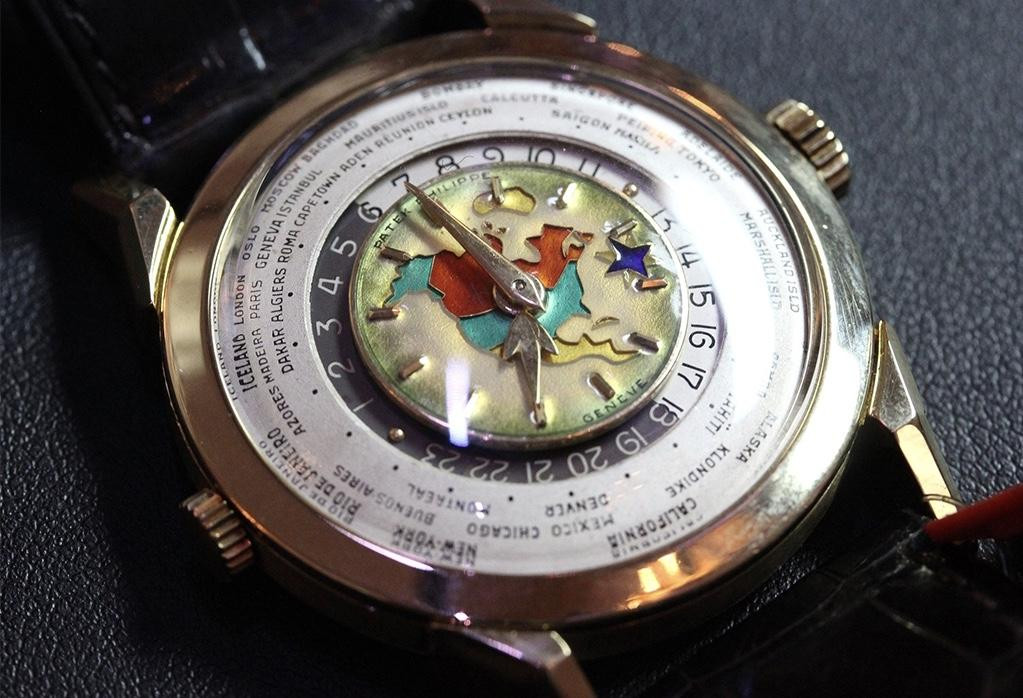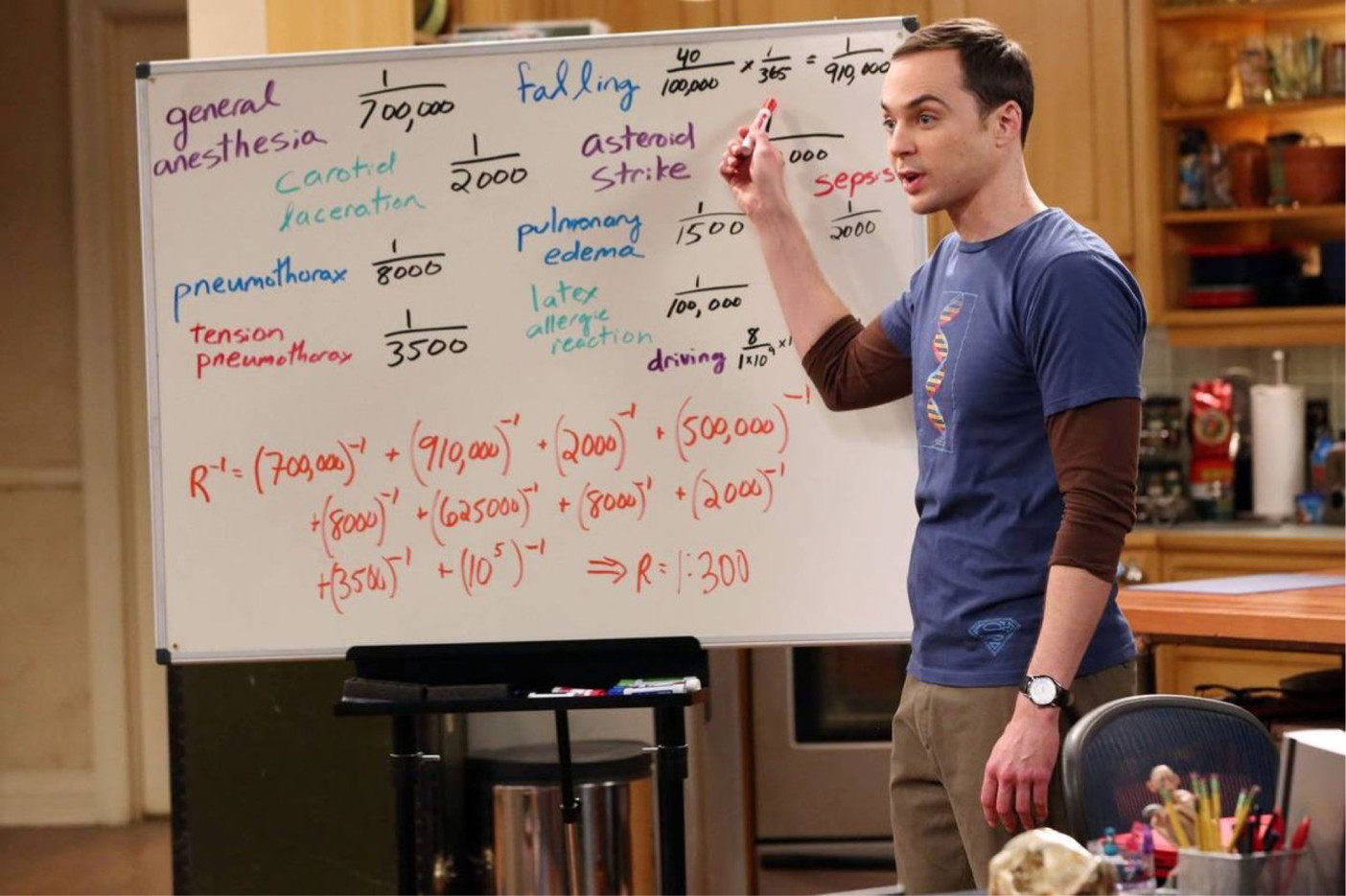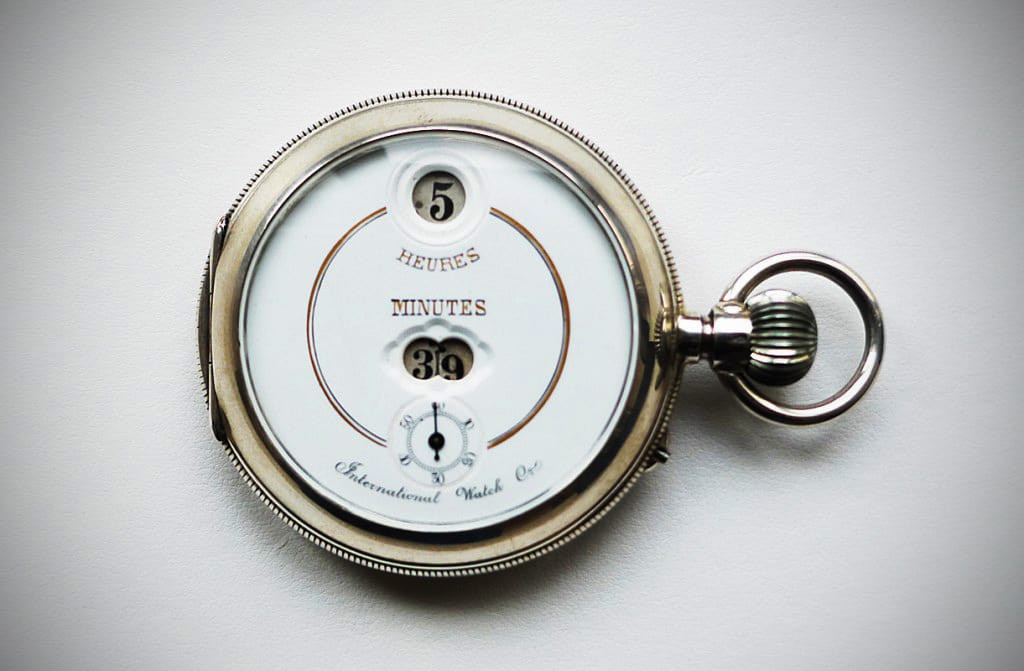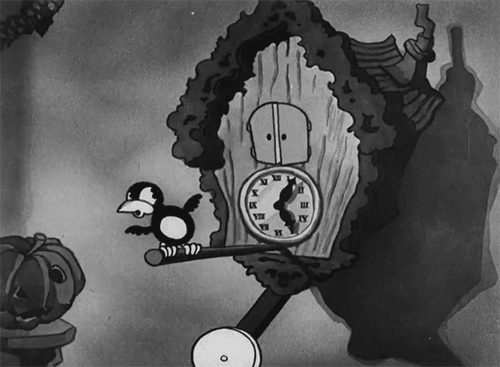"Lost" time: what bribes a mechanical watch today?

Today is September 25th - the day of the ticking clock. We stumbled upon this study and decided to see how people use watches today (and a survey at the end of the post will show whether they use it at all) and what you can find interesting in them.
In the modern world, where you can find out the time without looking up from the smartphone screen, the watch has long ceased to be a necessity. Although the study shows that the organization and productivity of a person directly depends on the presence of a watch on his wrist - after all, checking the time on it, he is not distracted by alerts from many applications - unless doctors, for whom the mechanism second hand remains a working tool.
But the countdown is not all that a mechanical watch is capable of. The various functions that modern models boast are called “complications”, and today we will talk about the 9 most interesting and popular of them. It is precisely the “complications” that, in addition to the case material, add value to mechanical watches, sometimes completely outrageous.
World time

This "complication" is designed for those who often have to deal with different time zones. Besides the fact that such a watch looks interesting, it also helps to understand whether you should bother a colleague or friend on the other side of the ocean or not. One problem: manufacturers often try to put too much information on the dial, which may take some time to get used to.

For the first time, world time was presented in 1937 in the products of the Swiss brand Patek Philippe. Of particular interest is the fact that “complication” was invented by Louis Cotier six years earlier, long before people got the opportunity to travel vast distances through the air, and therefore explore the remote corners of the globe. It is not surprising that the dial, which displayed time in the most exotic places on the planet, literally captured the imagination of people and pushed them to travel and new discoveries.
Tachymeter

Those who miss the seventh-grade physics with its mechanics and elementary formulas will especially like the tachymeter, because this “complication” allows us to determine the average speed and distance. Usually chronographs are equipped with tachymeters - this is a watch with a stopwatch.
A tachymeter is a scale drawn on a circle on the case or dial of a mechanical watch, the graduation of which is traditionally 1000 meters. The principle of operation is simple: if you detect a time interval on a stopwatch, knowing how much distance has been covered during this time, you can determine the average speed in the appropriate units.
Although the manufacture of the first wristwatch with a chronograph in 1913 was a huge breakthrough in the industry, and products with a stopwatch and a tachymeter were very popular by the 1930s, only riders and aviators found real application to the new functions.
Today, most mechanical watches are manufactured with this "complication", even if it is not particularly necessary, and some models with a tachometer help to dispense with formulas and calculations and issue the average speed values on their own. For example, Oris Calobra Chronograph Limited Edition II and Omega Speedmaster Moonwatch Professional Chronograph offer to indulge in a tachymeter.
Perpetual calendar

One of the most interesting “complications” in high watchmaking, which, at first glance, is a regular calendar, and has been used since the 17th century (then for astronomical clocks) is the perpetual calendar. Its peculiarity is that it is really eternal: you do not have to translate the date on the clock, the calendar independently takes into account the leap year shift.
Mechanical watches with a perpetual calendar are usually very expensive, but relatively affordable products are also available, for example, the Swiss Slimline Perpetual Calendar Manufacture.
The high cost of “complication” is explained by the fact that the manufacture of a perpetual calendar requires special skills of the watchmaker (most of them have their own mechanism for its creation), and the idea that your wrist and not so “smart” watches will continue to track the date correctly until the year 2100, that is, until the moment when you will not be their owner for a long time, it inspires, isn't it?
Power reserve indicator

Not as impressive as world time, but a very important “complication”, which shows the remaining time of the mechanism after a full running spring.
For the first time, a function similar to the modern power reserve indicator appeared in a watch in 1951. Since the factory button on The LeCoultre Futurematic watches was located on the back of the case, they could start only when they are on the owner’s hand, that is, when the factory button was in contact with a person’s wrist. When the watch was removed from the hand, its factory stopped, and therefore the power reserve indicator was of great importance for the accuracy of this mechanism.

Today, most mechanical watches are equipped with an automatic winding system, so that the watch does not stop after spending the night on the nightstand. As a rule, the power reserve is in the range from 40 to 50 hours, but these values can increase depending on the high cost of the product, for example, some models keep the plant for 10, 30 and even 50 days.
Moon calendar

Perhaps the earliest hourly “complication”, because the first known example of a lunar phase indicator is already found in the antikythera mechanism, the creation of which dates back to 100 BC
Of particular interest in the lunar calendar is that as the person’s view of the moon has changed, the image of the mechanism has changed. In the sixteenth and seventeenth centuries he was portrayed as a cherub, and in the eighteenth and nineteenth - a more mature "man." At the beginning of the twentieth century, decorative art influenced the appearance of the moon, and by the middle of the same century it was drawn very minimalistically, and only in recent years did we see the phases of the moon in mechanical watches in their realistic design.

Although the times when a person had to navigate in space according to heavenly bodies were long gone, the lunar calendar in mechanical watches is used not only as an aesthetically pleasing addition, but also as a guide for those who track the lunar phases for professional or religious reasons .
As a last resort - to check if your neighbor was a werewolf, the Orient Star Classic Mechanical Moon Phase Limited Model will help.
Leaping hour

A watch that is not quite ordinary in the usual sense of the word, which does not have a clockwise, but has a dial that rotates, switching forward an hour, when the minute hand describes a full circle.
The first pocket watch with a similar mechanism was made back in the 1830s for the French king Louis Philippe I, however, the “jumping hour” was found in popularity only in the 1970s and already as a “complication” for watches.

Creating a “jumping hour” is fraught with certain difficulties, since it is necessary to adjust the power that is transmitted to the clock dial. Unlike the traditional dial, which uses a constant force, regardless of the position of the minute or hour hand, to change the hour with a dial, effort is required only at the moment when the mechanism turns on. This effort, as a rule, either upsets the balance of the rest of the movement, or strengthens it until the end of the hour when additional power is not required.
Another potential problem: the accuracy with which the clock changes. This is not something that most people pay attention to, but if you notice that the “jumping hour” switches a little later or earlier than the transition of the minute hand at twelve o’clock, and then you can’t sleep at night, it’s better to save the nerve cells and refuse from this "complication."
Tourbillon

One of the most expensive "complications", a budget model with which it is simply impossible to find. The tourbillon mechanism is tiny, weighs less than a gram and is assembled from more than 40 parts, hand-crafted and made from light metals, such as aluminum and titanium. To create a tourbillon, you will need special tools and a minimum of 18 months of work, and therefore, a mechanical watch with it is prohibitive, starting from $ 40,000 and ending with six-digit numbers of the same currency.
So what, in fact, is the charm of a tourbillon?
In the late 1700s, the famous watchmaker Abraham-Louis Breguet discovered that gravity negatively affects the accuracy of the clockwork. Then the watch industry was represented exclusively by pocket watches, which, according to the name, were stored either in the owner’s pocket (vertically) or on the table (horizontally). Spending most of the time either horizontally or vertically, the hair spring causes the balance ring to oscillate irregularly, thereby reducing the accuracy of the watch. Breguet’s solution was to create a rotating mechanism that, due to constant movement, averages the influence of gravity if the watch “gets stuck” in one position.
Although it was subsequently proved that the tourbillon is no more accurate than conventional triggers, it nevertheless secured the title of king of “complications” and is still widespread among the highest echelons of the watch market, largely because of the complexity of its manufacture.
If you want to evaluate the approximate cost of models, then take a look at Manero Tourbillon Limited Edition.
Helium valve

This "complication" is useful to divers and divers.
The idea is this: at great depths, submariners breathe mixtures enriched with helium, which is safe for humans, unlike nitrogen. The watch is on the diver’s hand, that is, inside his suit, and helium molecules easily penetrate the watch under high pressure. If after that the diver quickly rises to the surface, then the helium accumulated under the glass can squeeze it out, which is dangerous not only for the watch, but also for the diver. To prevent this, a helium valve is used, which operates at an overpressure inside the watch and releases helium to the outside.
Although the presence of a helium valve significantly increases the cost of hours, this "complication" can hardly be called useless.
Repeater

At the first acquaintance with the repeater, it seems that it is no different from a watch with a fight, because it is a mechanism that indicates time by sound, therefore the high cost of “complication” cannot but be surprising: mechanical watches with a repeater are matched by cost to mechanisms with a tourbillon. So why is the repeater still not a cuckoo?
The main difference of the repeater is that it informs the owner of the time when he asks for it - not once an hour, but at the time he needs - respectively, and the repeater’s mechanism is much more complicated.
The earliest minute repeaters appeared in the seventeenth century. They allowed titled persons to check the time while tiring meetings were going on at the royal court, and not be afraid to incur the wrath of the monarch. The mechanisms vibrated in the pockets of the owners, but they could only indicate for an hour: the repeater gave 10 signals, regardless of whether it was 10:03 or 10:57 in the yard. A full minute “complication” appeared only at the end of the eighteenth century. The repeater created by Abraham-Louis Breguet indicated hours, quarters of an hour and minutes.
The repeater can be found not only in watches, but also in wall and floor clocks.
* * *
Mechanical watches have virtually ceased to be part of our daily lives. They moved into the category of collectibles, indicators of wealth and status of their owner, as well as a valuable investment, because exclusive watch movements over the years not only do not lose in price, but also increase it. Just like a good wine.
All Articles